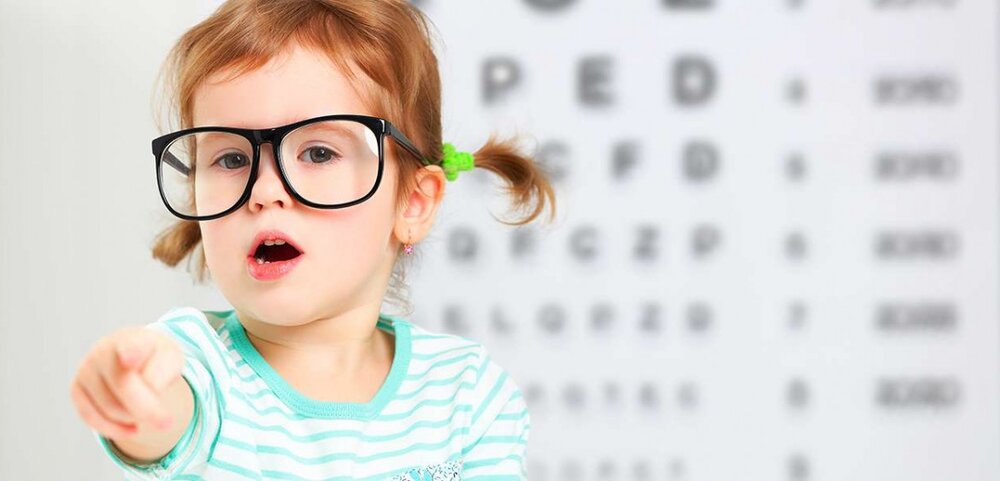Myopia Control

Myopia (nearsightedness) has reached epidemic proportions.
Aside from causing blurred vision, myopia can lead to serious vision problems later in life.
WHAT IS MYOPIA?
Myopia, more commonly known as nearsightedness, occurs when the eye focuses light in front of the retina instead of directly on it. Light needs to focus directly on the retina for the eye to send a clear image to the brain. Glasses or contact lenses are worn to move the light focus back to the retina, resulting in clear vision.
WHAT CAUSES MYOPIA?
Researchers believe both genetics and environment affect whether a person becomes nearsighted. Children with 1 myopic parent are 1.5X more likely to become myopic versus children with no myopic parents and 3X more likely with 2 myopic parents. Studies show that children who spend less than 10 hours per week outdoors are more likely to develop nearsightedness. As well as though who spend more time doing near work.
WHY BE CONCERNED ABOUT MYOPIA?
The incidence of myopia in the US has risen 66% since 1971. Aside from blurry vision, myopia increases the risk of vision threatening problems later in life. A nearsighted person is more likely to develop cataracts, glaucoma, and retinal detachment and may require myopia management / myopia control.
HOW CAN MYOPIA BE PREVENTED?
As discussed above, there is no full proof way to prevent nearsightedness. Spending more time outdoors and reducing near work can help reduce a child’s risk. However, once a child is myopic, Dr. Copeland can manage the condition to help slow its progression.
MYOPIA MANAGEMENT OPTIONS
Below is a brief discussion of three ways Dr. Copeland implements myopia management. Further web resources are also listed. Please be sure to ask Dr. Copeland any questions you might have about these options.
ORTHOKERATOLOGY (ORTHO-K)
CRT, also known as orthokeratology (ortho-k), uses FDA-approved custom-designed gas permeable lenses to reshape the cornea (front of the eye). The child wears the lenses at night and the cornea is reshaped during sleep. The lenses are removed after waking. The child does not need to wear glasses or contact lens for all or most of the day. Aside from allowing the child to be correction free, the reshaping also slows myopic progression.
SOFT MULTIFOCAL CONTACT LENSES
This method uses standard soft multifocal contact lenses to slow myopic progression. The child wears the contacts during the day and removes them at night.
LOW DOSE ATROPINE
This method uses 1 drop of the drug atropine instilled at night in both eyes to slow myopic progression. The child still needs to wear glasses or contacts during the day.
